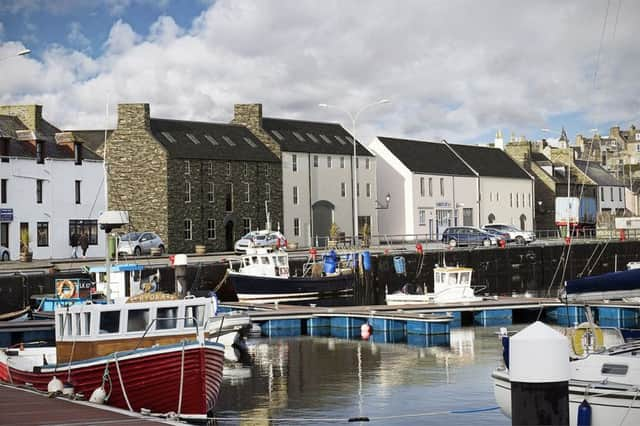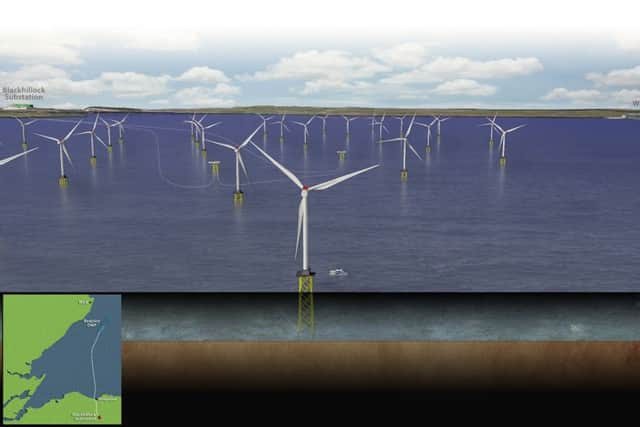Historic Wick harbour buildings to become wind farm hub


Now Wick harbour has secured a new future as a hub for the renewables sector thanks to the major expansion of the Beatrice offshore windfarm, currently under construction in the Moray Firth.
Several Telford-designed maritime buildings will be refurbished and brought back into use as part of the on-going project, it was confirmed this week.
Advertisement
Hide AdAdvertisement
Hide AdThe conservation of the structures will play a key part in delivering the windfarm, which will be capable of generating enough power for 450,000 homes once completed in 2019.


“The onshore element of the project comprises the conservation, re-planning and part reconstruction of two blocks of the historic Old Pulteneytown area of Wick,” said Doug Soutar of design and construction consultants Pick Everard.
“These buildings are more than 200 years old and have a long standing history of being used for maritime purposes. We are pleased to be helping to bring them back into service again following planning permission from the Highland Council.”
Wick has provided a safe haven for fishing, commercial, and leisure vessels for more than 150 years. The inner and outer harbours are the main fishing and leisure berths, with the river harbour acting as the main commercial area.
The harbour found a new role when the Beatrice development was approved by Marine Scotland in March 2014 and was granted an investment contract by the UK government in the same year. It is being delivered by a partnership formed between SSE Renewables, Repsol Nuevas Energias UK and Copenhagen Infrastructure Partners. The site is located in the Outer Moray Firth on the north-western point of the Smith Bank, eight miles from the Caithness coastline.


Scottish energy giant SSE owns 40 per cent of the project while Danish fund management firm Copenhagen Infrastructure Partners has a 35 per cent stake and China-based SDIC Power owns 25 per cent.
Beatrice is expected to bring around 890 jobs annually to Scotland and benefit the UK economy by as much as £680 million during construction.
Steve Wilson, senior project manager for SSE, said: “Renovation of the Thomas Telford buildings in Wick is well underway and has been progressing well. These buildings will become our long term operations and maintenance base.
Advertisement
Hide AdAdvertisement
Hide Ad“These buildings are a symbol of Wick’s industrial and marine past so we are really pleased to be utilising them and in doing so help continue that legacy. We’ve been very pleased with the support there has been in the area.”
The Beatrice windfarm will be operational in 2019 and is described as one of the largest private investments ever made in Scottish infrastructure.
Environmental experts at WWF Scotland estimate the development will almost quadruple Scotland’s offshore wind capacity.
A separate renewables project off the Caithness coast won Scottish Government planning approval in March. The two turbine Dounreay Trì Floating Wind Demonstration Project is about three miles out to sea from Dounreay.
Project director Marcus Thor said if the demonstration was successful, it opened up the possibility for a significant increase in offshore wind generation in Scotland.